5 ways to embed active optimism into your work life
When meeting clients, I make one promise—to see the world as it could be. That’s not a bad message right now. It’s a pretty weird world out there. The volatile political and socio-economic landscape can make us all feel like things are going to hell. And in the slightly less real world of marketing and advertising, that’s even more the case. The challenges of any agency or client team continue to escalate. Instability abounds. Then there’s the issue of client loyalty, reduced scopes, tighter timelines, and the not-so-secret plan of AI to take everyone’s jobs. And then the cynicism comes. As we know, misery loves company, so soon—if you want to find it—it can turn up everywhere. You’ll see it in status meetings, LinkedIn posts, industry events, and coffee machine catch-ups. Quickly it becomes less funny. In the end, it’s just a deluge of boring negative energy. That’s why optimism is a way out. We need radiators, not drains, in our teams and our businesses. But let’s be clear here, it’s not about smiling and hand clapping and whooping. Toxic positivity can be a nightmare, and will inevitably create a feeling of mistrust or emptiness from employees. It’s about harnessing a belief and way of working that will refuse to allow the status quo to take hold or accept that things are inevitably going to be terrible. Active optimism Let’s turn to the concept that I call active optimism. I see this as being willing to see what others don’t, to learn, and to try new things. It’s about fostering the growth mindset, which in turn allows people to be who they are and do things they never thought possible. Critically, as opposed to the cynics who are simply tiring to be around, active optimism creates a flywheel of energy that gathers people up and becomes a magnet for others. Now, don’t get me wrong, a little bit of skepticism is sometimes useful. But in the world we face today, active optimism can be a powerful tool. And you can embed it into an organization. Practically, I define active optimism as follows: Taking responsibility Some days it’s hard to be positive. We have to deal with the truth and honesty. Sometimes, the truth isn’t great. But we also know that our team needs us on our feet and to find a way forward. We need to take more responsibility for the environment, aspirations, and world as it could be. Breaking Bad creator Vince Gilligan recently made a plea to the writing community – to take more responsibility by Writing More Good Guys. In a world that’s turning dark, taking responsibility is what a leader does. Adopting the ‘we can if’ mentality Adam Morgan and Mark Barden in their brilliant book, A Beautiful Constraint talk about the power of using ‘we can if…’ as a starting point for finding a solution when faced with obstacles. I’m obsessed with this approach. We spend so much of our time with challenges it’s so easy to default to ‘it’s not going to happen.’ In many cases, that seems a perfectly reasonable point of view (back to that point about healthy skepticism). But the moment we use ‘we can if…’ we’ve started to create an answer. From there we can build a way forward. Try it, I promise it works. Implementing a reality distortion bubble My good friend, the brilliant Rob Schwartz, introduced me to this. Like some kind of Rebellion Base in Star Wars, you need something to keep the dark side out. When the chatter or negativity can start to rise, having you and your management team able to take time to live in this reality distortion bubble means you can help each other believe and keep moving. Far too many of us spend time with people coming up saying things aren’t going well. Even if they are. So it can sometimes feel like there’s no good news, or that it’s only ever a problem. Sadly that’s the job, which is why protecting yourself and your leadership team from it can be so useful. Now, as I’ve mentioned before, this doesn’t mean not dealing with the truth or putting your head in the sand. It does mean don’t get taken down by these hits and occasionally give you and your team the opportunity to go into that bubble and think about the positivity in your journey to the world as it could be. Never wasting momentum A small win here, a positive meeting there. Grab them, socialize them, and understand why they went well. Learn and repeat. Negativity is toxic and can get into the corridors and crevices of a team very easily. But so can momentum. Surrounding yourself with the right people You want to spend most of your time with radiators, not drains. We’re the sum of the people we surround ourselves with. Get the energy in the room and, where necessary, change the people, or change the people! It can be hard to be optimistic when fortune doesn’t smile on you, and it’s even harder when you are surrounded by cynicism or negativity. Right now, many of us see a world and industry full of volatility and pessimism. But I believe for businesses, tea

When meeting clients, I make one promise—to see the world as it could be.
That’s not a bad message right now. It’s a pretty weird world out there. The volatile political and socio-economic landscape can make us all feel like things are going to hell. And in the slightly less real world of marketing and advertising, that’s even more the case. The challenges of any agency or client team continue to escalate. Instability abounds. Then there’s the issue of client loyalty, reduced scopes, tighter timelines, and the not-so-secret plan of AI to take everyone’s jobs. And then the cynicism comes.
As we know, misery loves company, so soon—if you want to find it—it can turn up everywhere. You’ll see it in status meetings, LinkedIn posts, industry events, and coffee machine catch-ups. Quickly it becomes less funny. In the end, it’s just a deluge of boring negative energy.
That’s why optimism is a way out. We need radiators, not drains, in our teams and our businesses.
But let’s be clear here, it’s not about smiling and hand clapping and whooping. Toxic positivity can be a nightmare, and will inevitably create a feeling of mistrust or emptiness from employees. It’s about harnessing a belief and way of working that will refuse to allow the status quo to take hold or accept that things are inevitably going to be terrible.
Active optimism
Let’s turn to the concept that I call active optimism. I see this as being willing to see what others don’t, to learn, and to try new things. It’s about fostering the growth mindset, which in turn allows people to be who they are and do things they never thought possible.
Critically, as opposed to the cynics who are simply tiring to be around, active optimism creates a flywheel of energy that gathers people up and becomes a magnet for others. Now, don’t get me wrong, a little bit of skepticism is sometimes useful. But in the world we face today, active optimism can be a powerful tool. And you can embed it into an organization.
Practically, I define active optimism as follows:
Taking responsibility
Some days it’s hard to be positive. We have to deal with the truth and honesty. Sometimes, the truth isn’t great. But we also know that our team needs us on our feet and to find a way forward. We need to take more responsibility for the environment, aspirations, and world as it could be. Breaking Bad creator Vince Gilligan recently made a plea to the writing community – to take more responsibility by Writing More Good Guys. In a world that’s turning dark, taking responsibility is what a leader does.
Adopting the ‘we can if’ mentality
Adam Morgan and Mark Barden in their brilliant book, A Beautiful Constraint talk about the power of using ‘we can if…’ as a starting point for finding a solution when faced with obstacles. I’m obsessed with this approach. We spend so much of our time with challenges it’s so easy to default to ‘it’s not going to happen.’ In many cases, that seems a perfectly reasonable point of view (back to that point about healthy skepticism).
But the moment we use ‘we can if…’ we’ve started to create an answer. From there we can build a way forward. Try it, I promise it works.
Implementing a reality distortion bubble
My good friend, the brilliant Rob Schwartz, introduced me to this. Like some kind of Rebellion Base in Star Wars, you need something to keep the dark side out. When the chatter or negativity can start to rise, having you and your management team able to take time to live in this reality distortion bubble means you can help each other believe and keep moving.
Far too many of us spend time with people coming up saying things aren’t going well. Even if they are. So it can sometimes feel like there’s no good news, or that it’s only ever a problem. Sadly that’s the job, which is why protecting yourself and your leadership team from it can be so useful.
Now, as I’ve mentioned before, this doesn’t mean not dealing with the truth or putting your head in the sand. It does mean don’t get taken down by these hits and occasionally give you and your team the opportunity to go into that bubble and think about the positivity in your journey to the world as it could be.
Never wasting momentum
A small win here, a positive meeting there. Grab them, socialize them, and understand why they went well. Learn and repeat. Negativity is toxic and can get into the corridors and crevices of a team very easily. But so can momentum.
Surrounding yourself with the right people
You want to spend most of your time with radiators, not drains. We’re the sum of the people we surround ourselves with. Get the energy in the room and, where necessary, change the people, or change the people!
It can be hard to be optimistic when fortune doesn’t smile on you, and it’s even harder when you are surrounded by cynicism or negativity. Right now, many of us see a world and industry full of volatility and pessimism. But I believe for businesses, teams, and leaders, active optimism in seeing the world as it could be is the only practical course of action.
























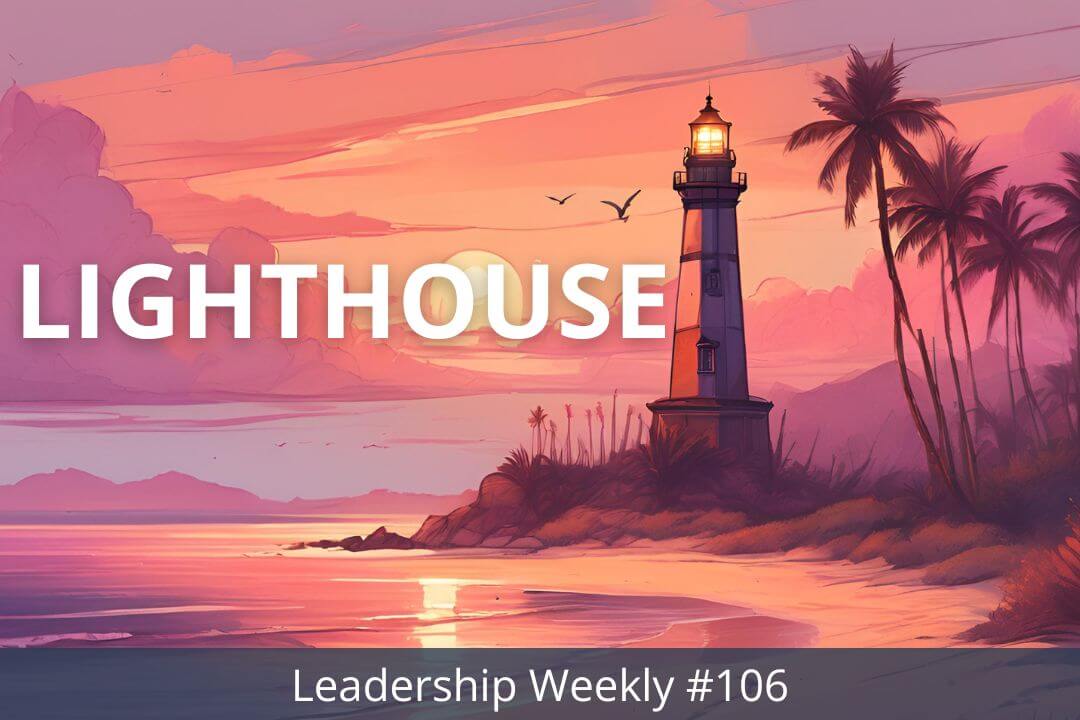

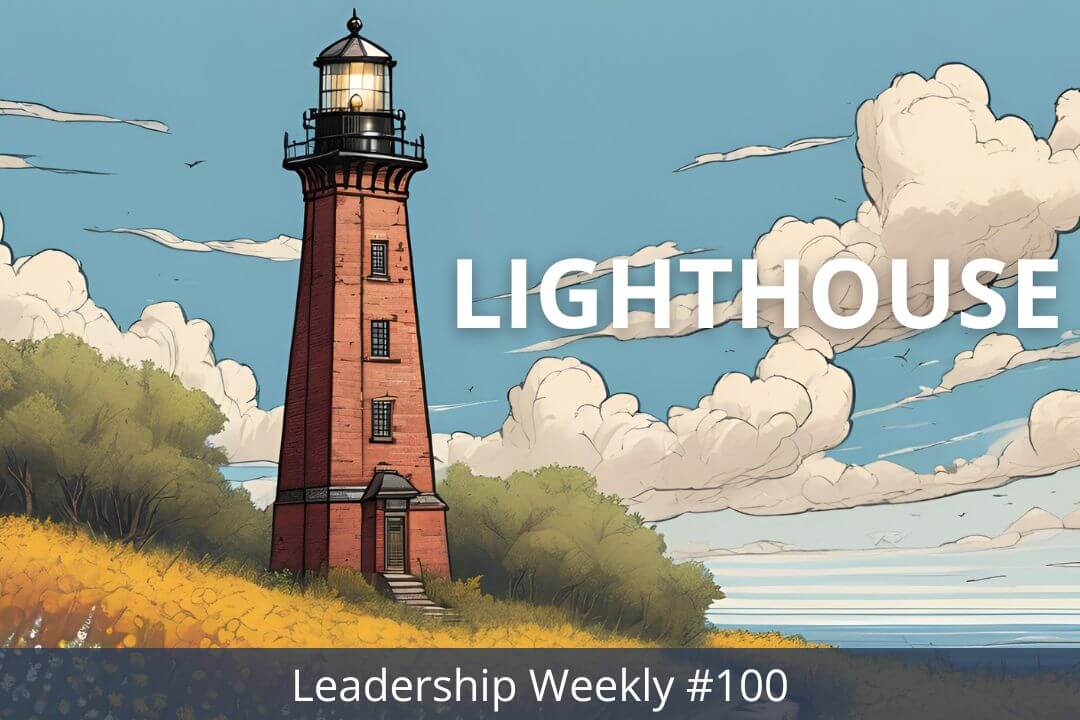
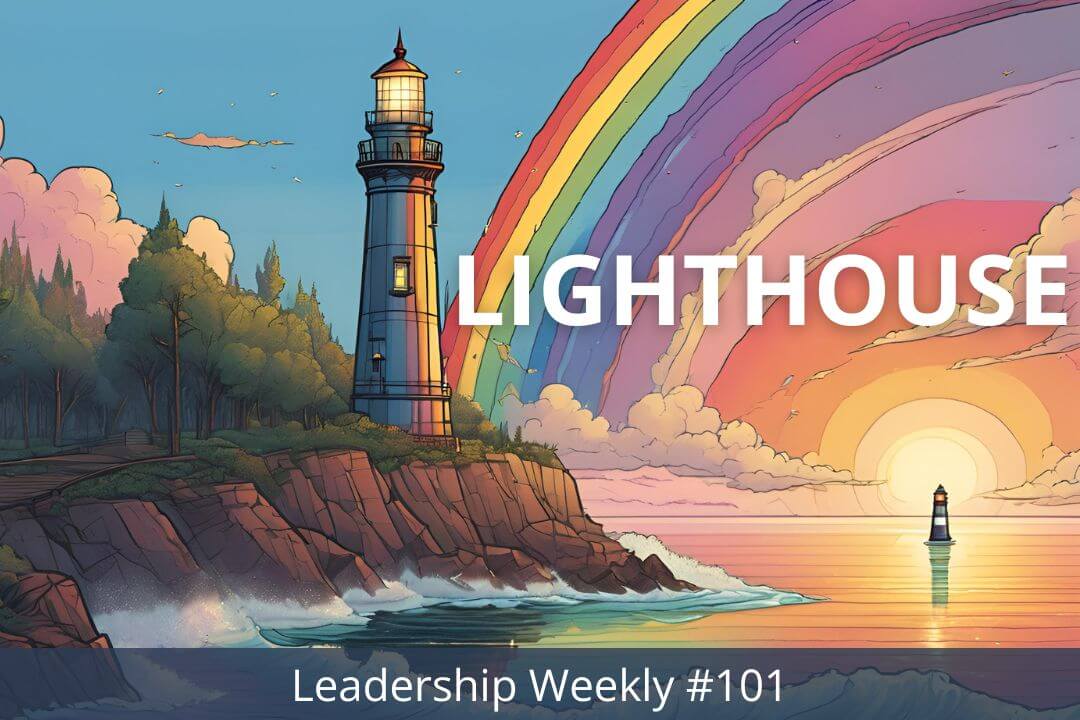

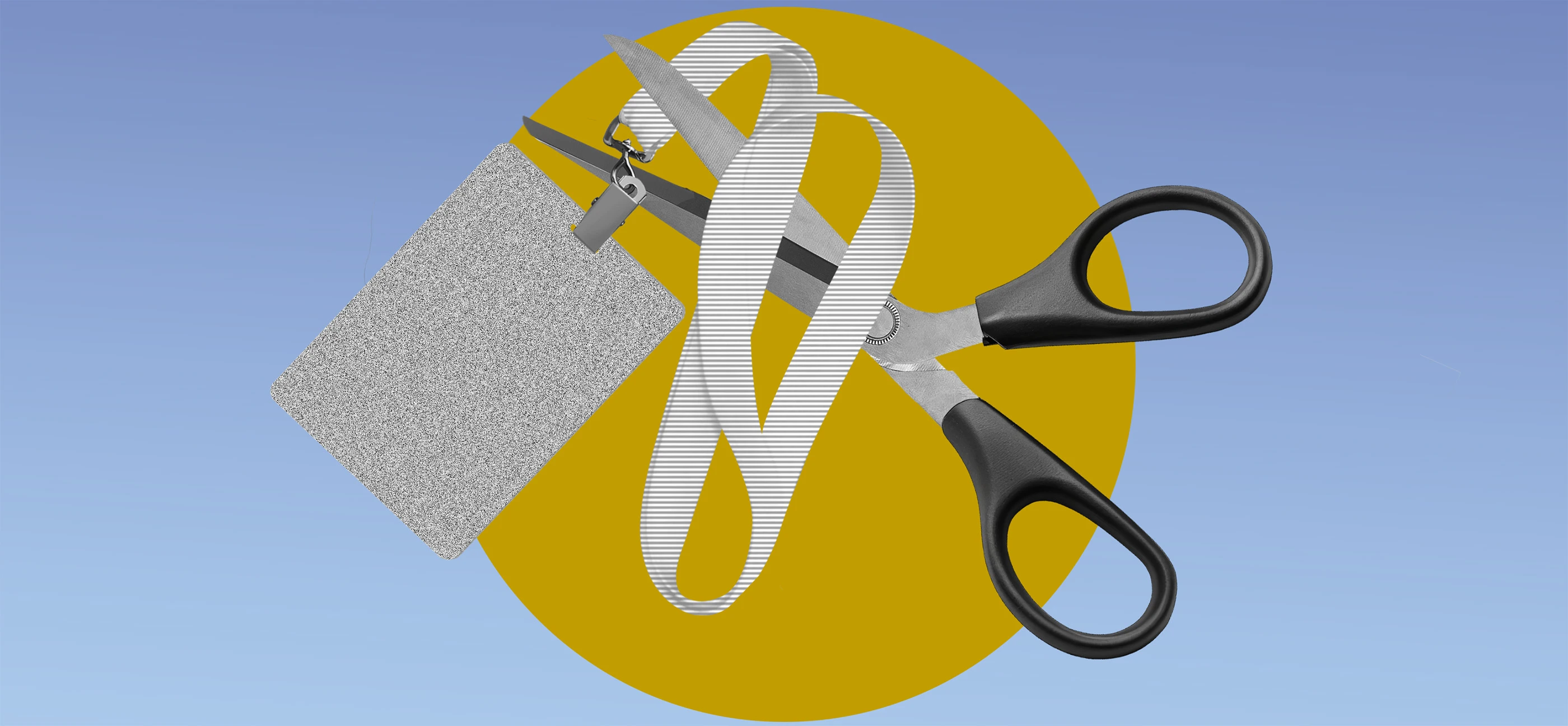









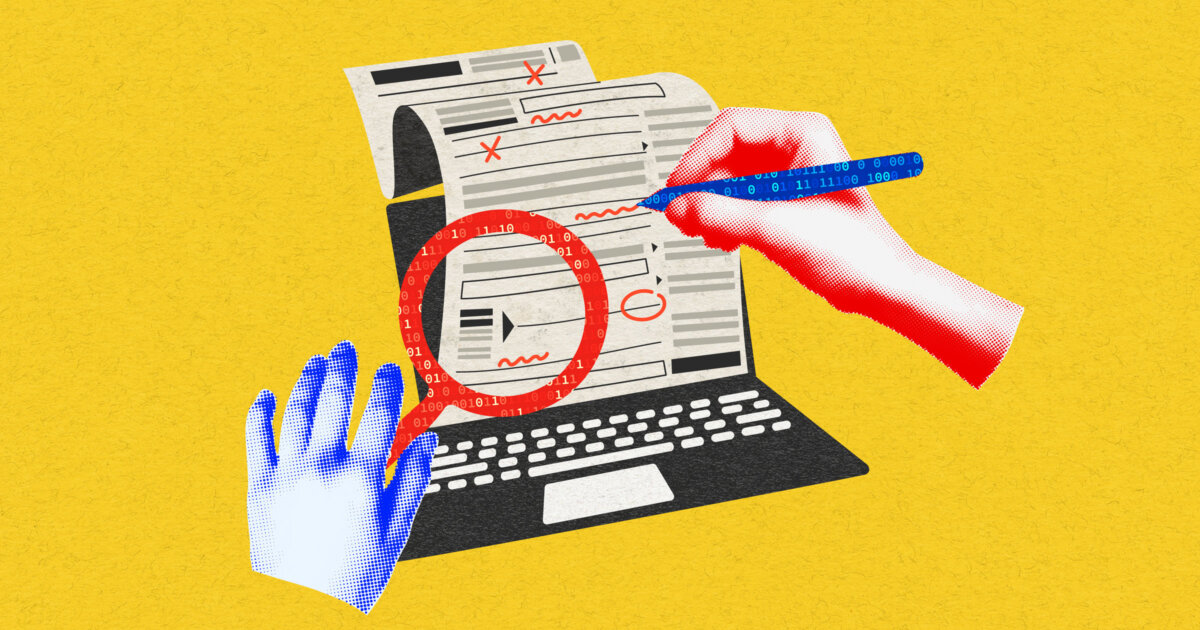



















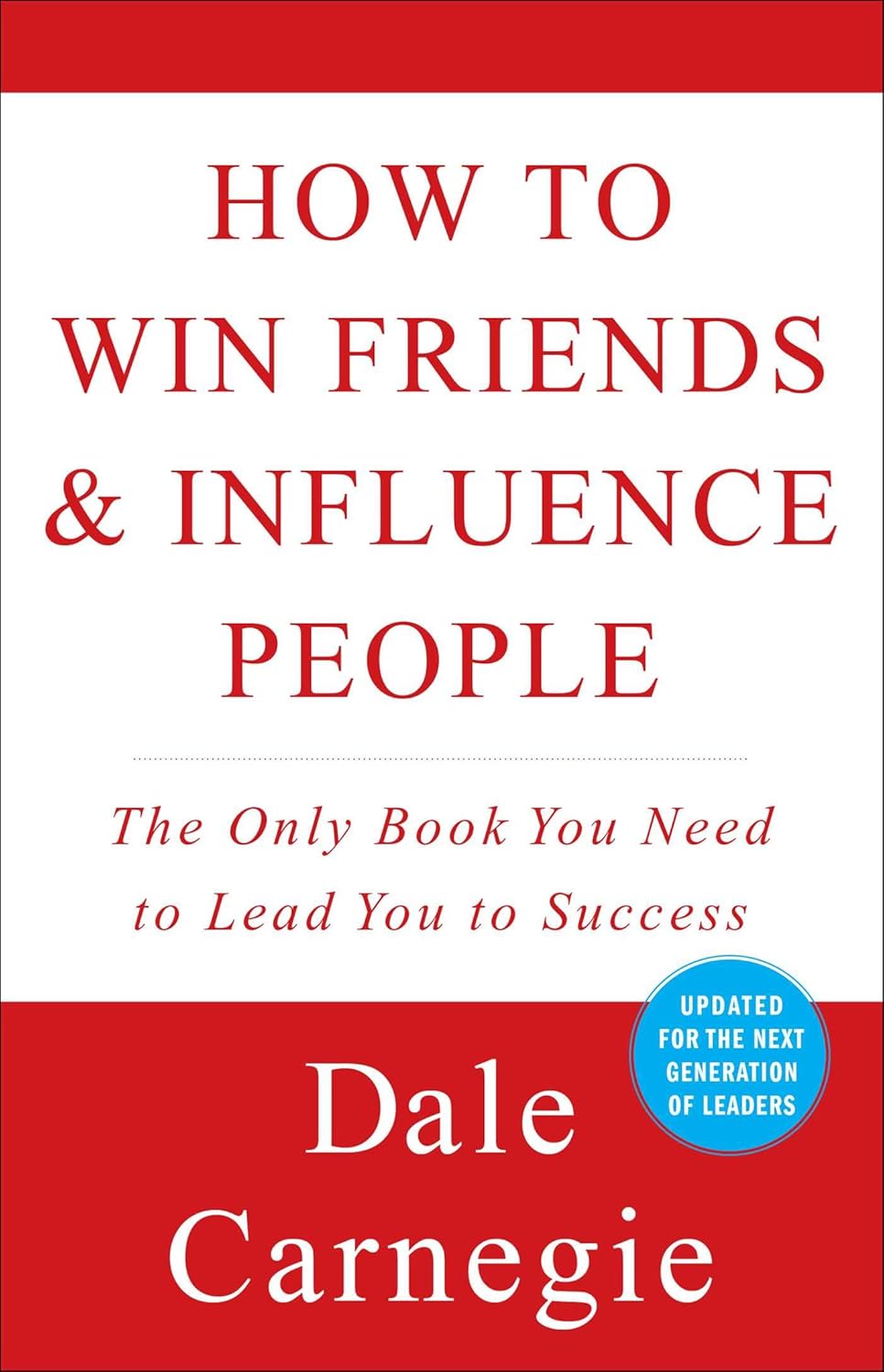
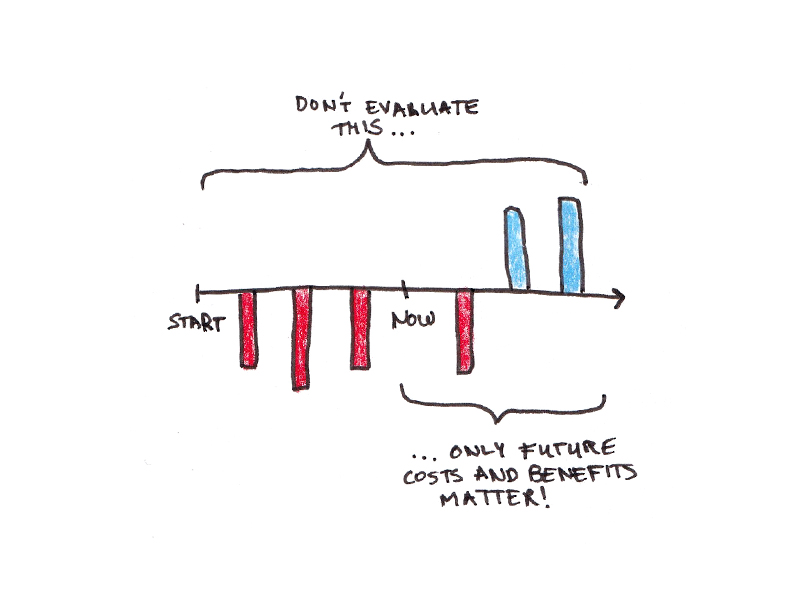









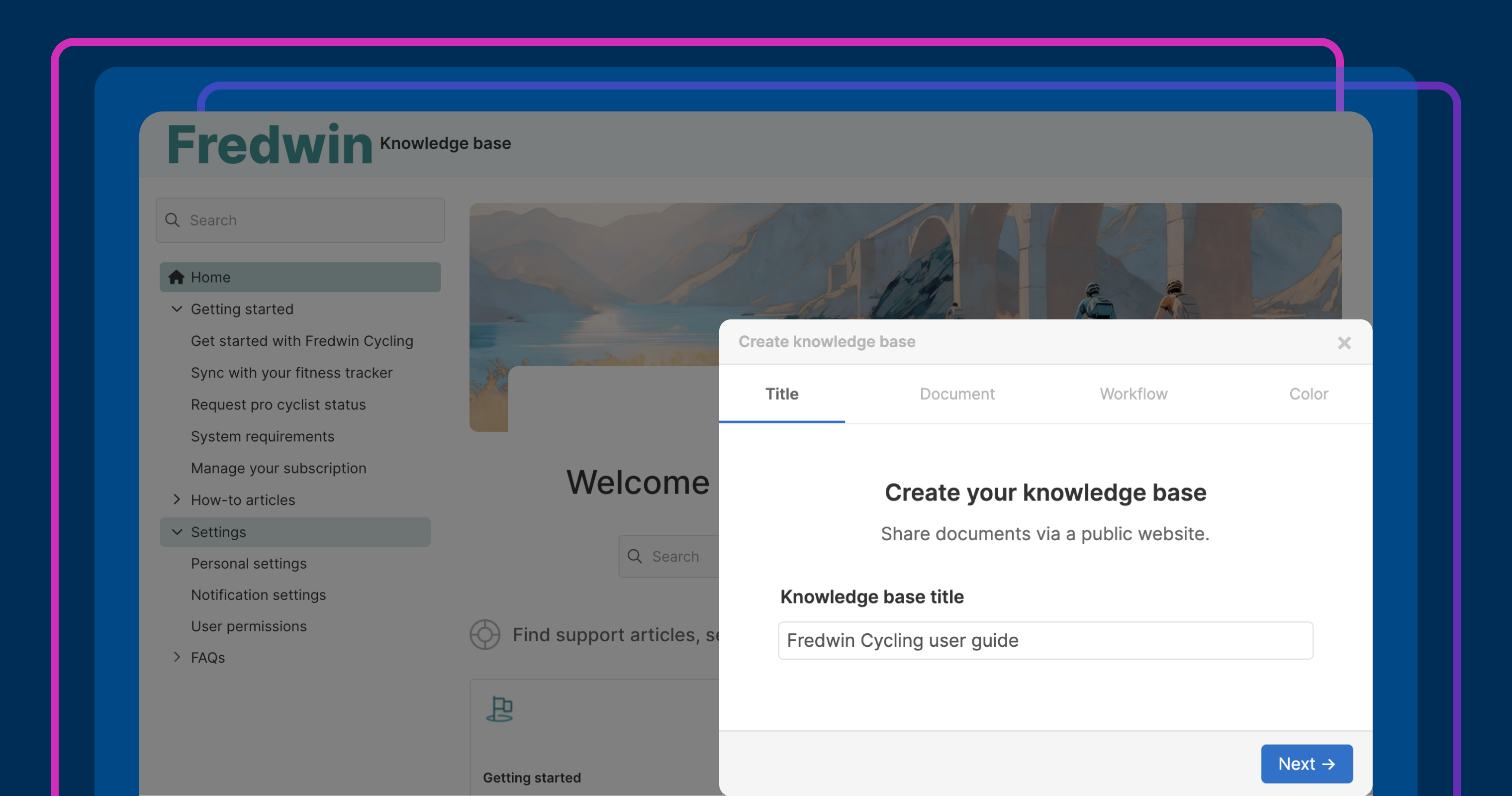

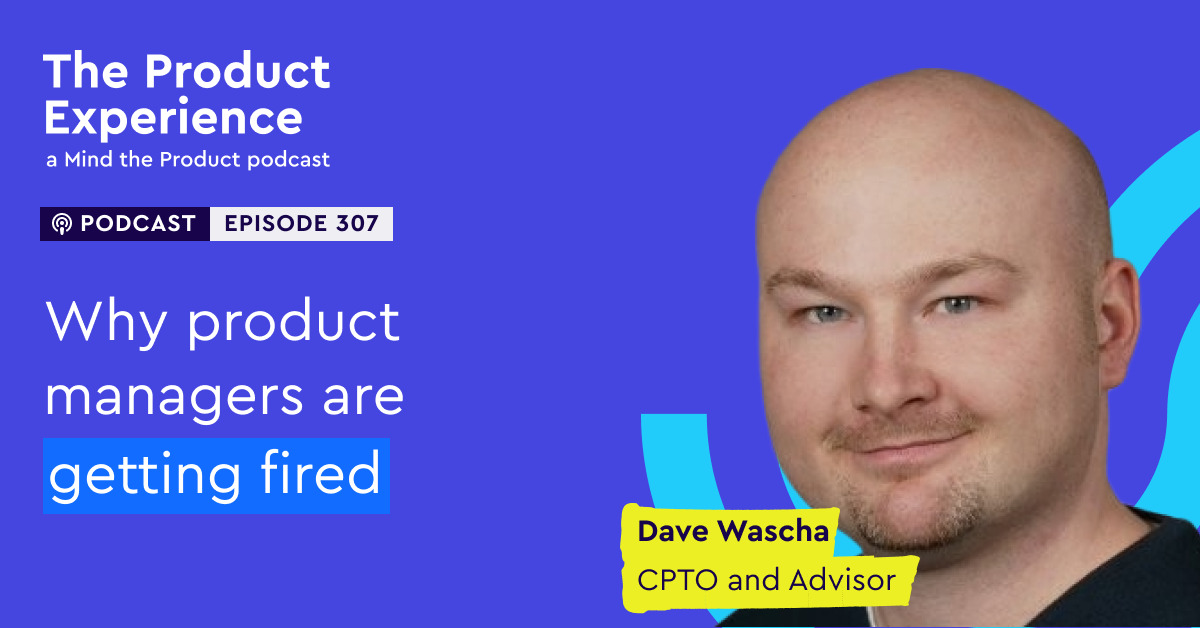
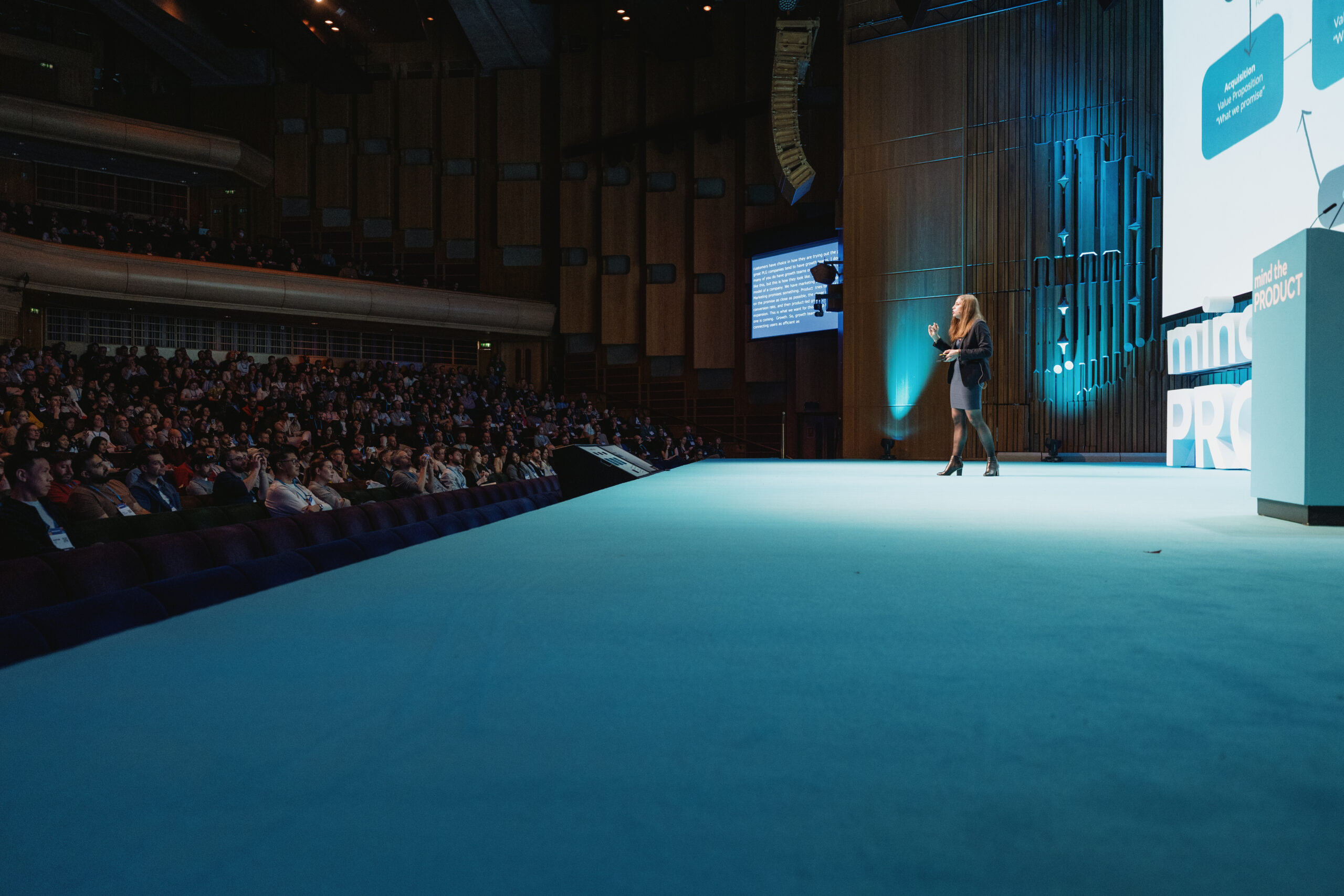
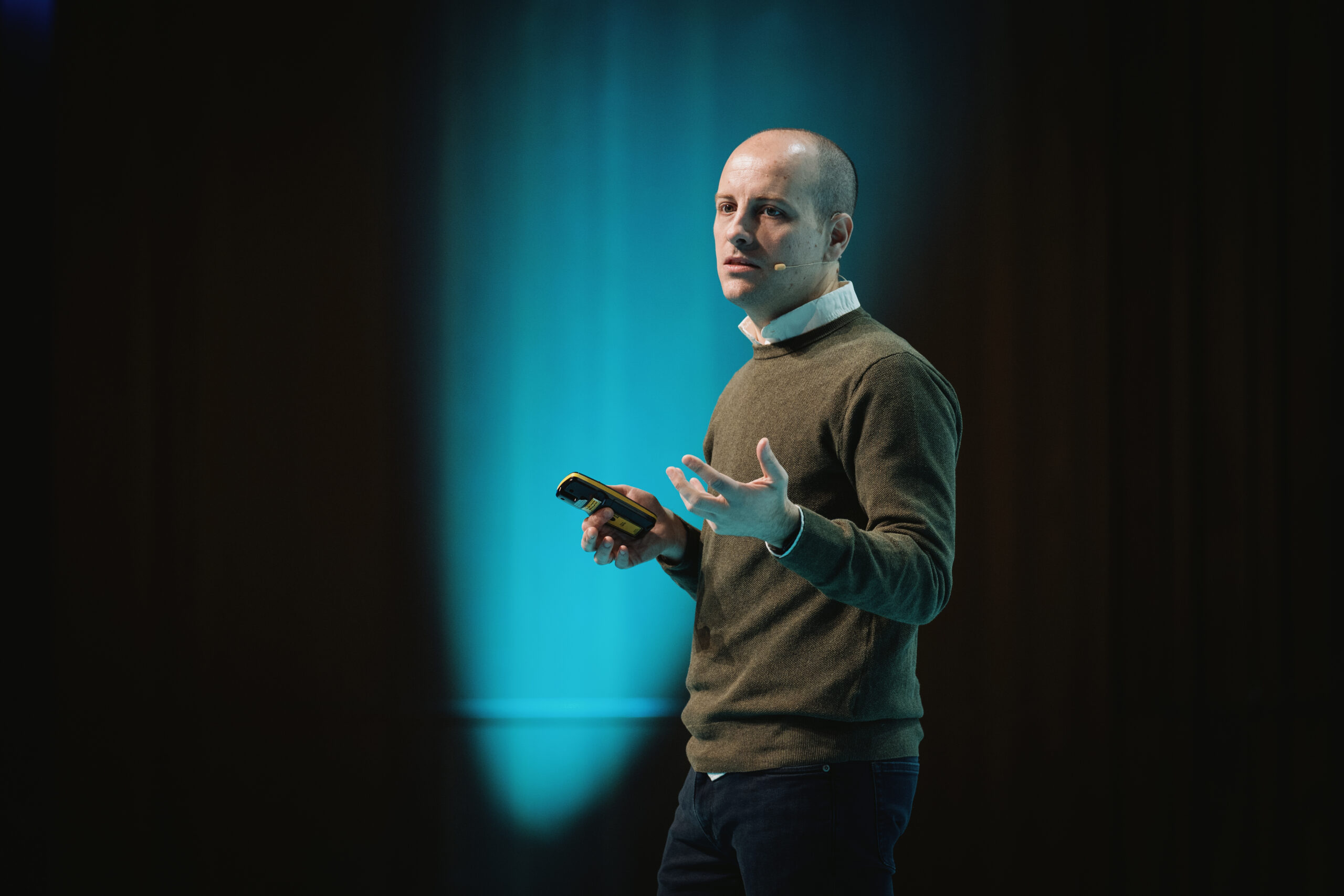
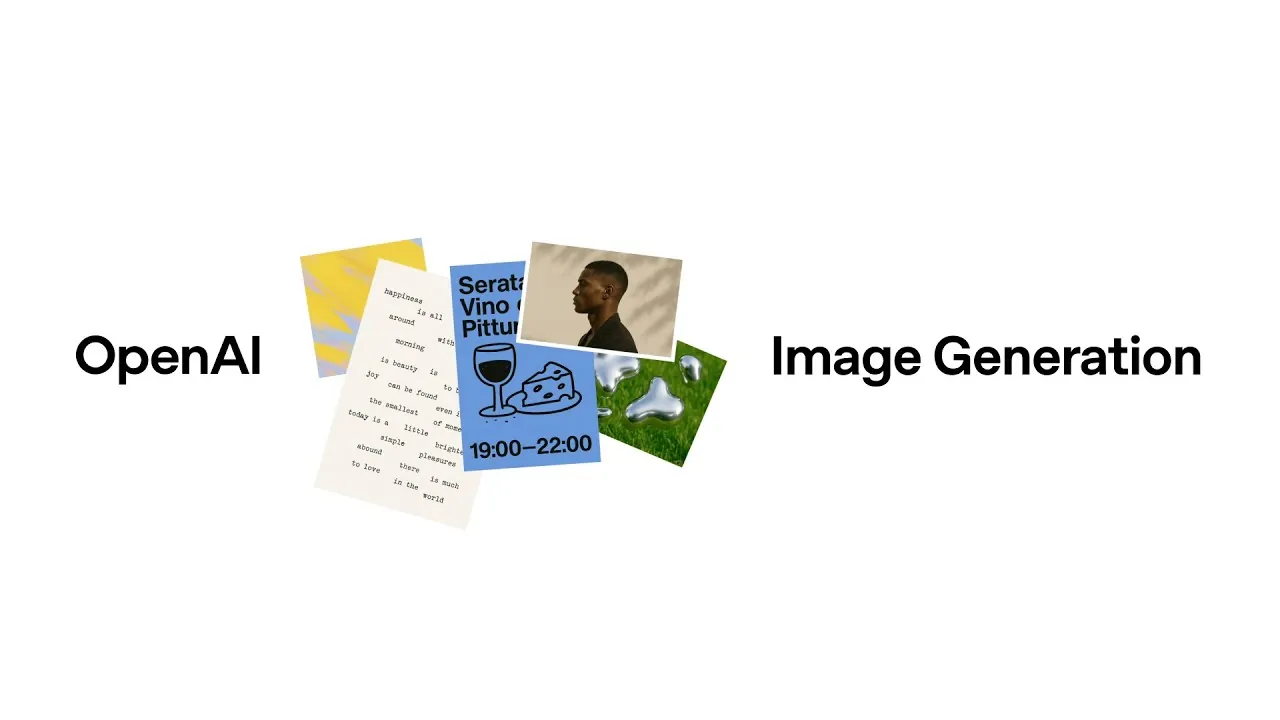
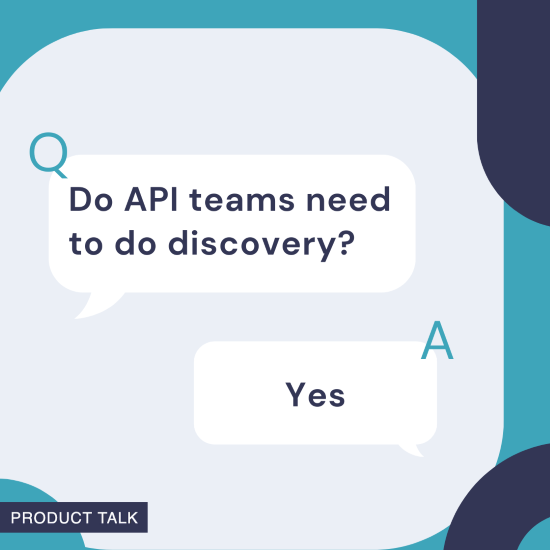
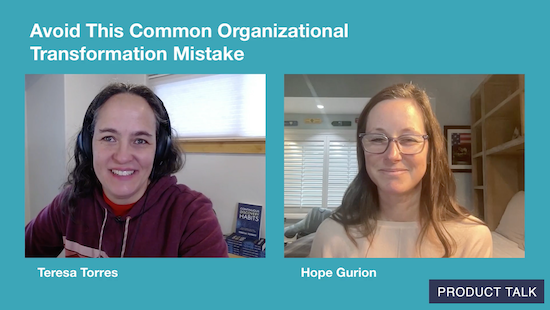
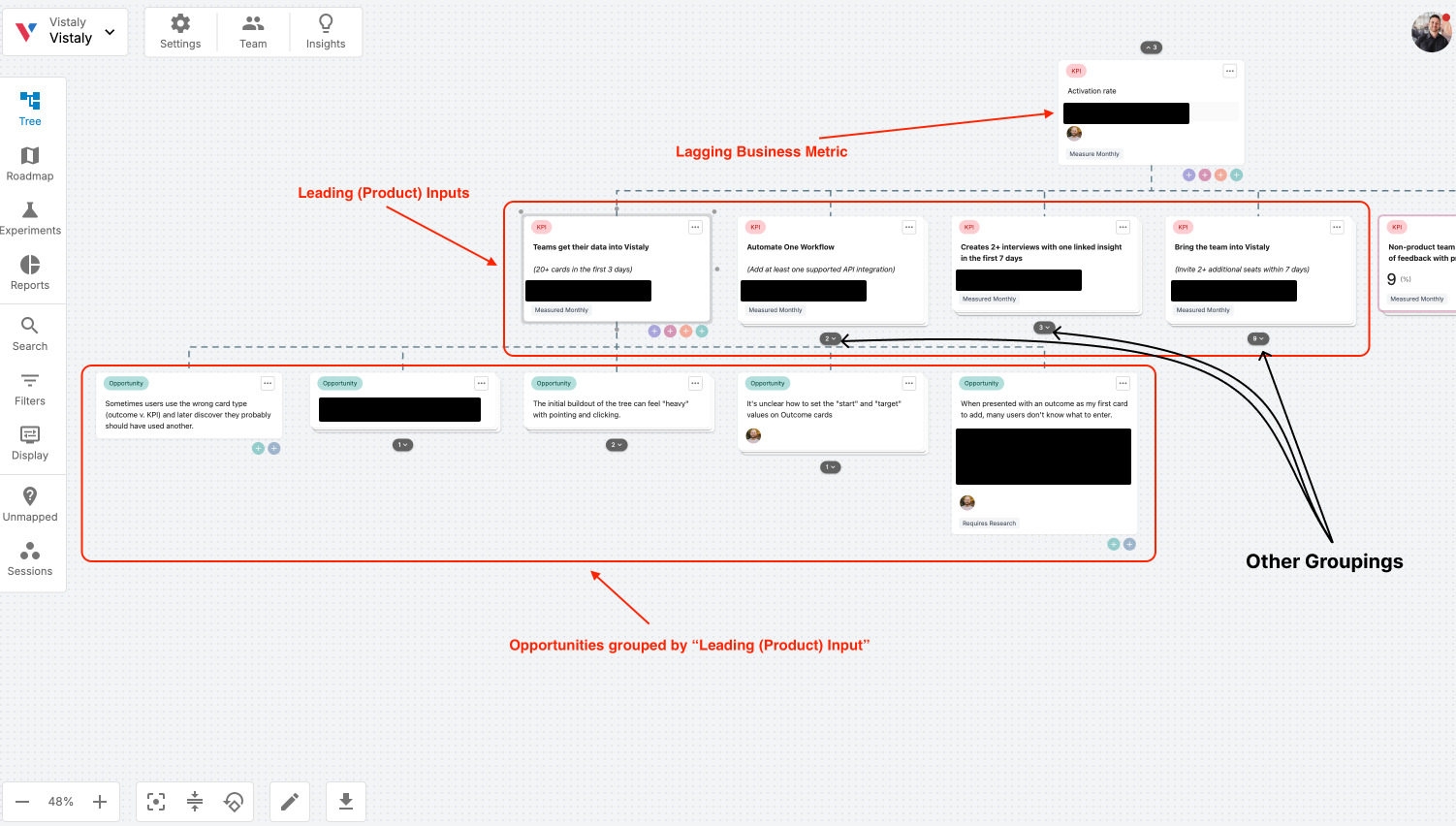
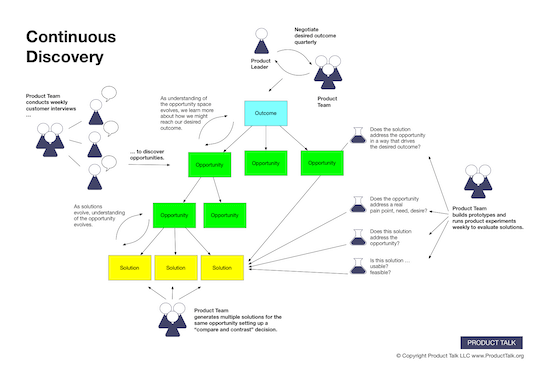
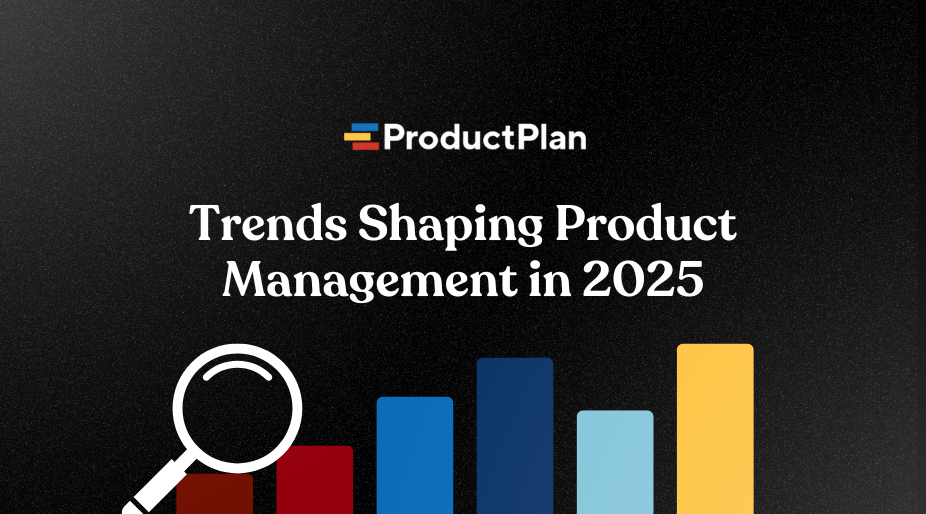


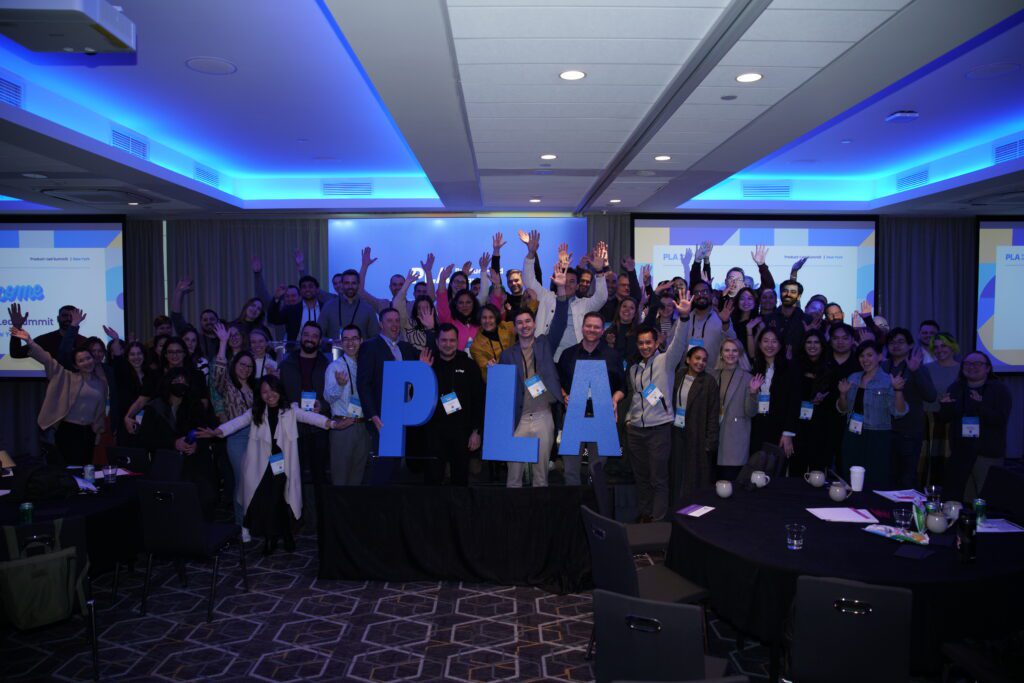










![Building A Digital PR Strategy: 10 Essential Steps for Beginners [With Examples]](https://buzzsumo.com/wp-content/uploads/2023/09/Building-A-Digital-PR-Strategy-10-Essential-Steps-for-Beginners-With-Examples-bblog-masthead.jpg)
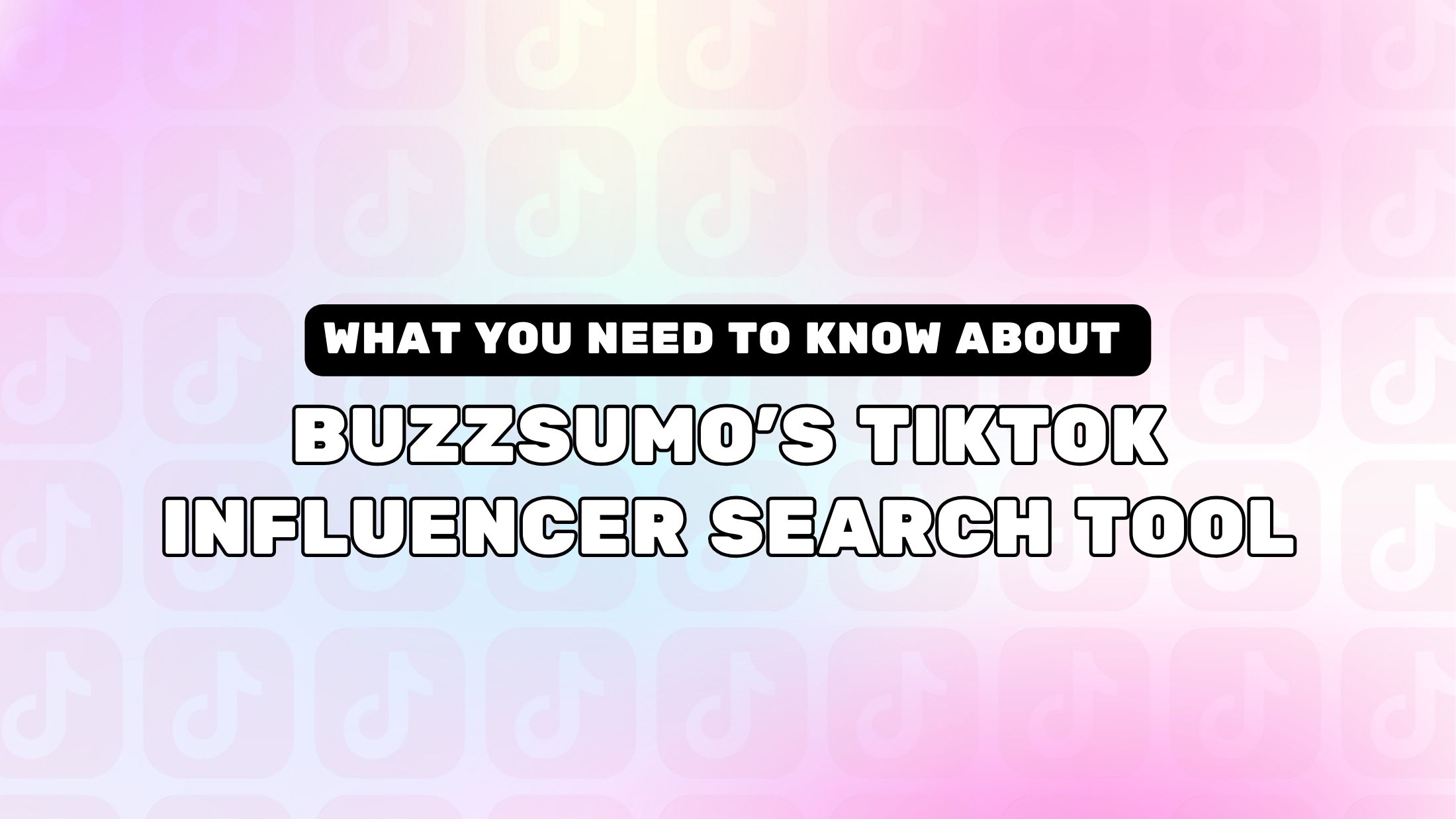
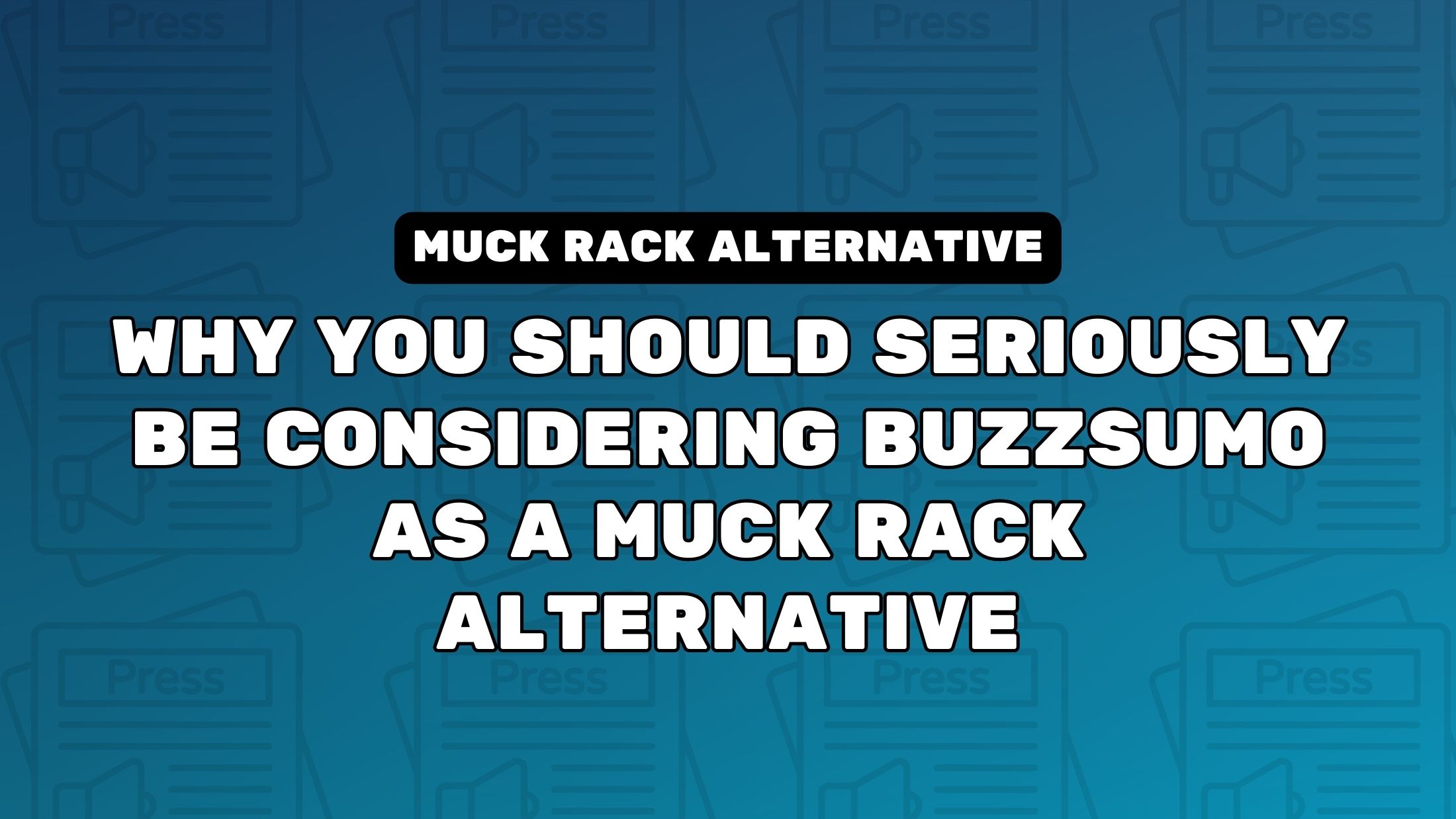
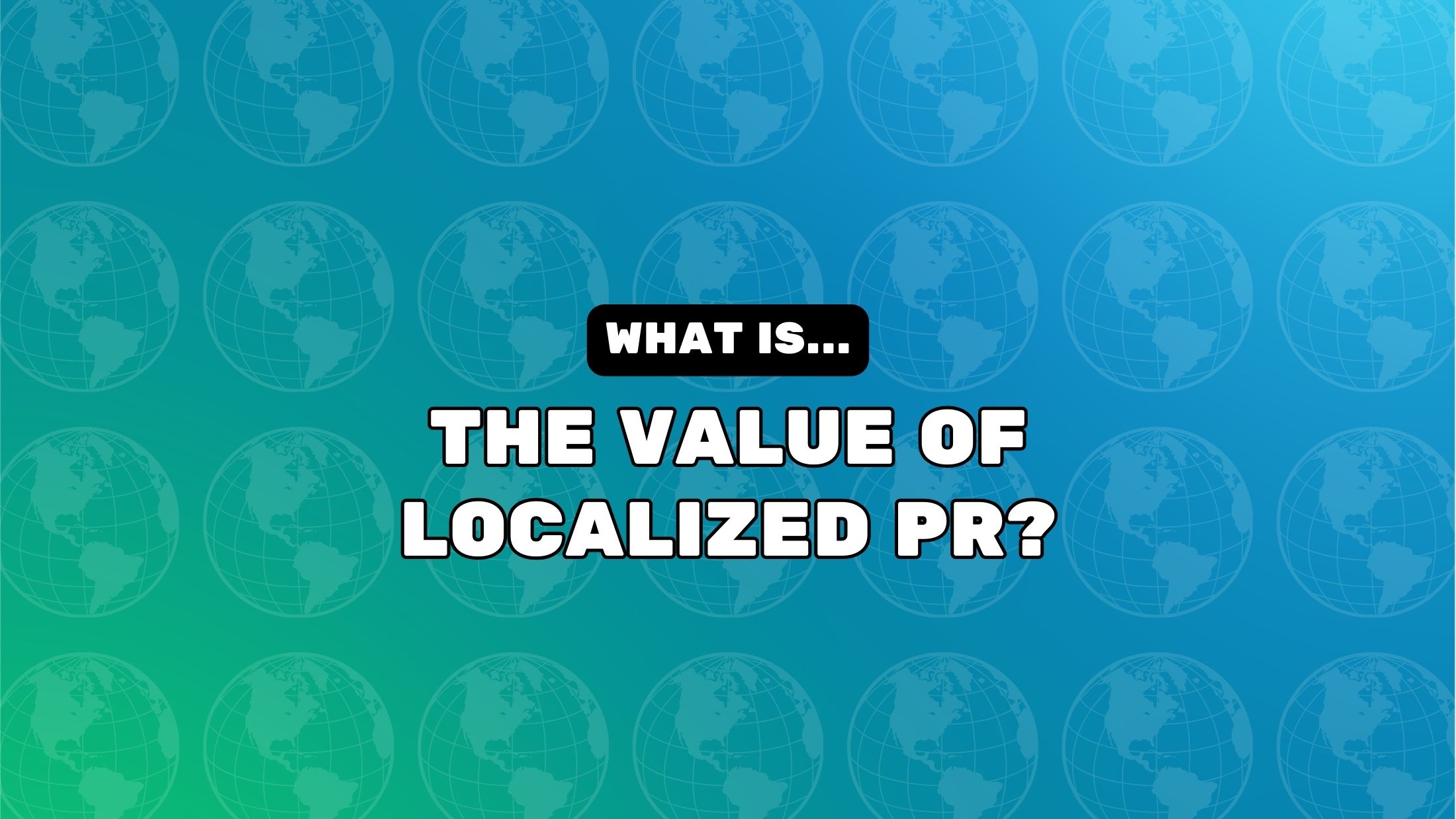
![How One Brand Solved the Marketing Attribution Puzzle [Video]](https://contentmarketinginstitute.com/wp-content/uploads/2025/03/marketing-attribution-model-600x338.png?#)




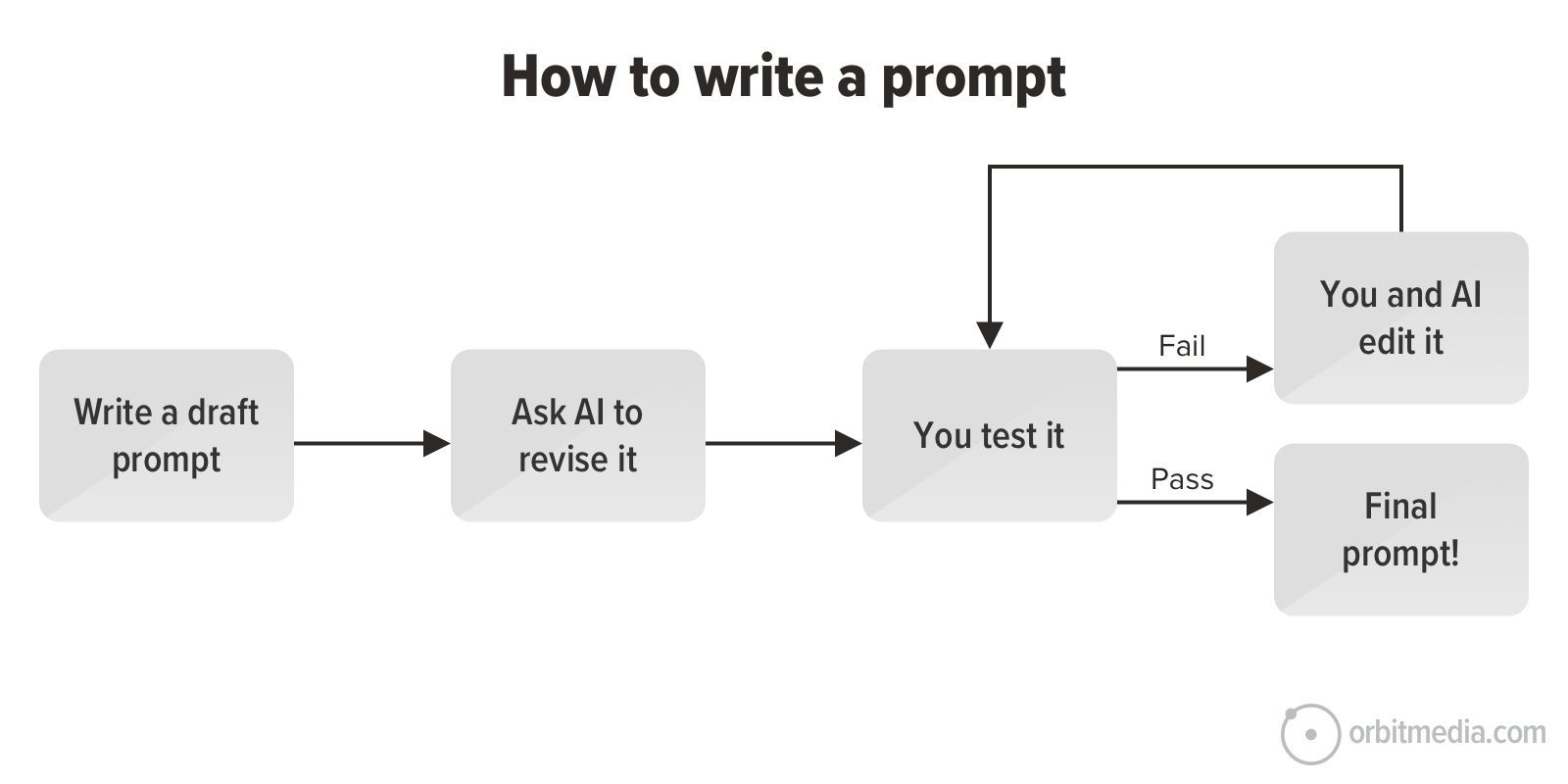
![How to Use GA4 to Track Social Media Traffic: 6 Questions, Answers and Insights [VIDEO]](https://www.orbitmedia.com/wp-content/uploads/2023/06/ab-testing.png)
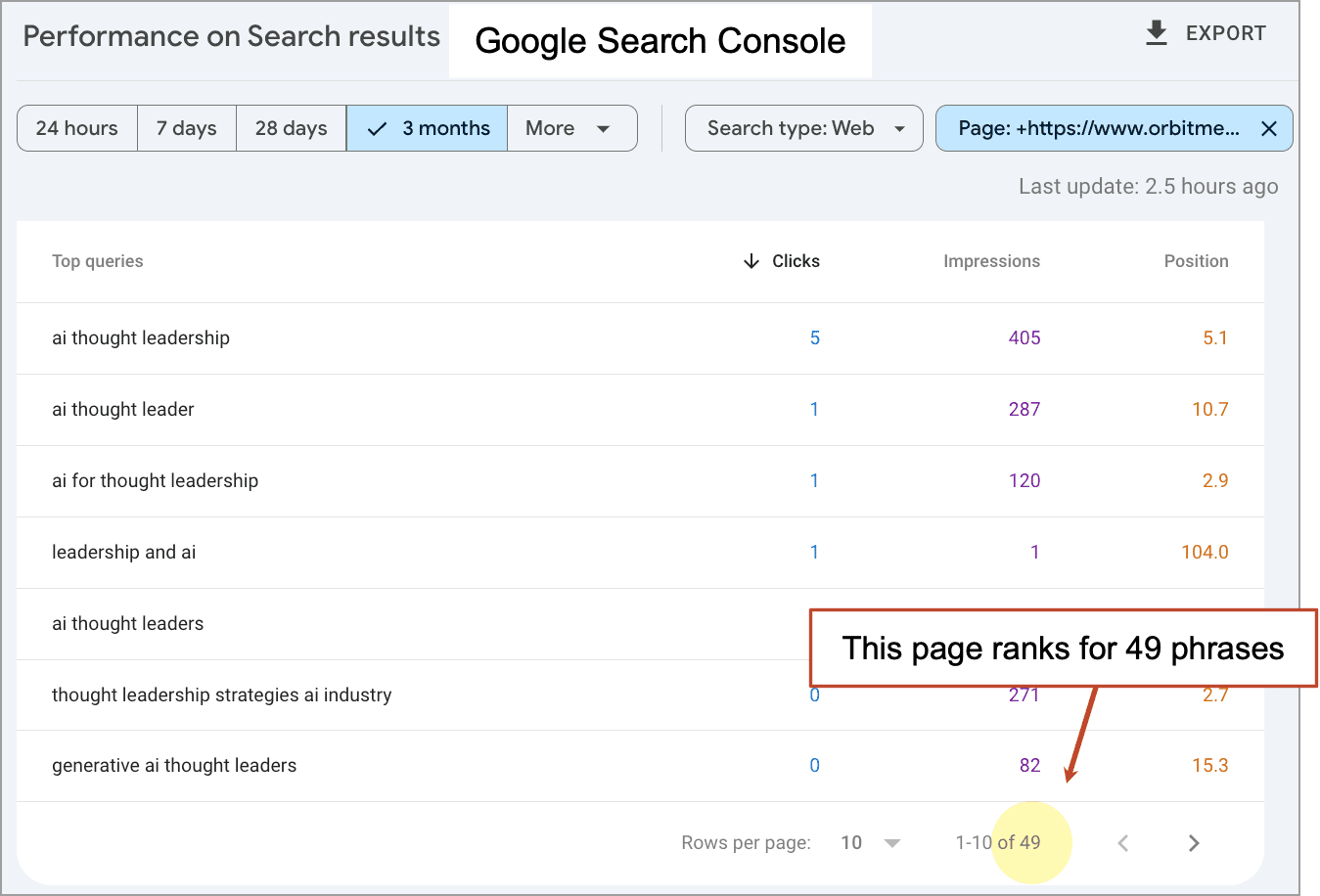








![[Hybrid] Graphic Designer in Malaysia](https://a5.behance.net/920d3ca46151f30e69b60159b53d15e34fb20338/img/site/generic-share.png)






















